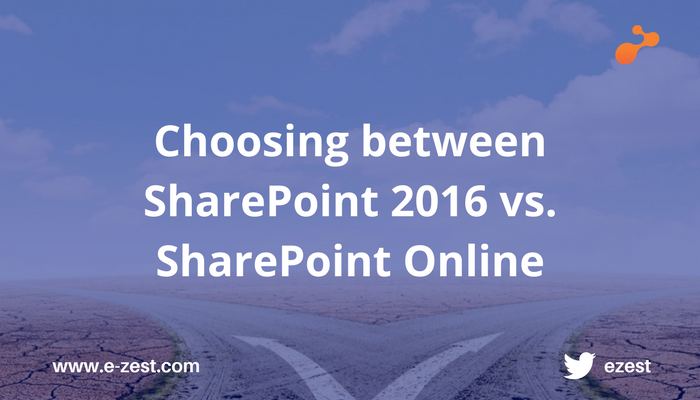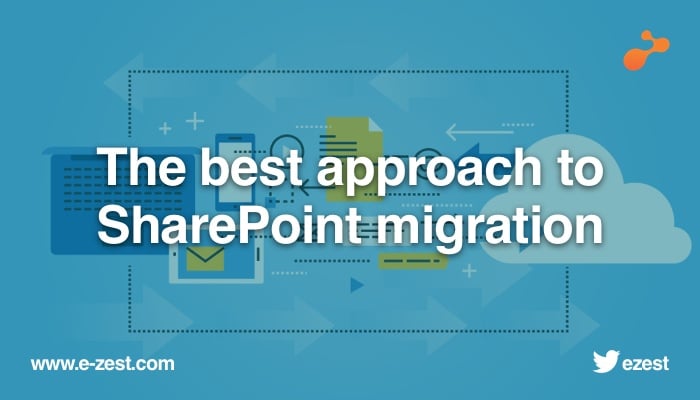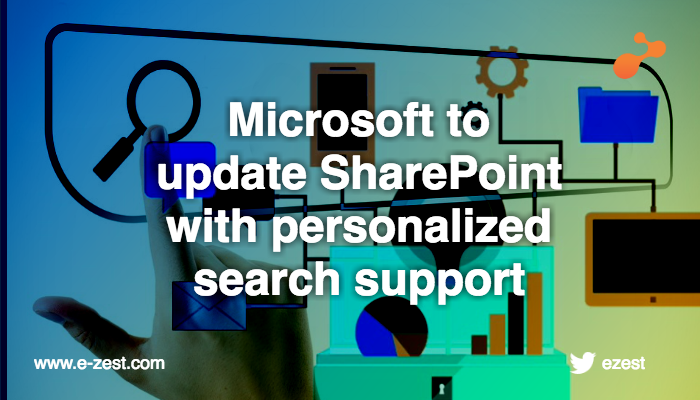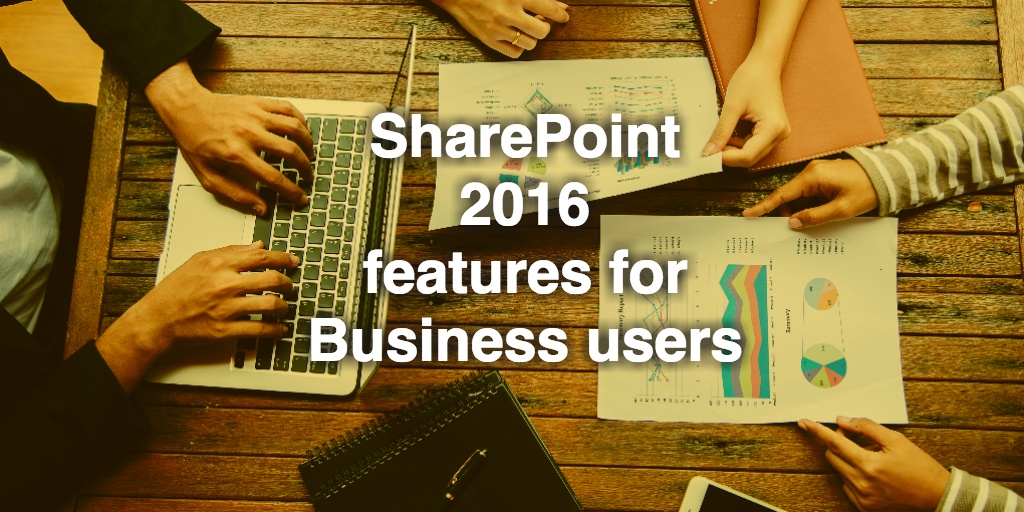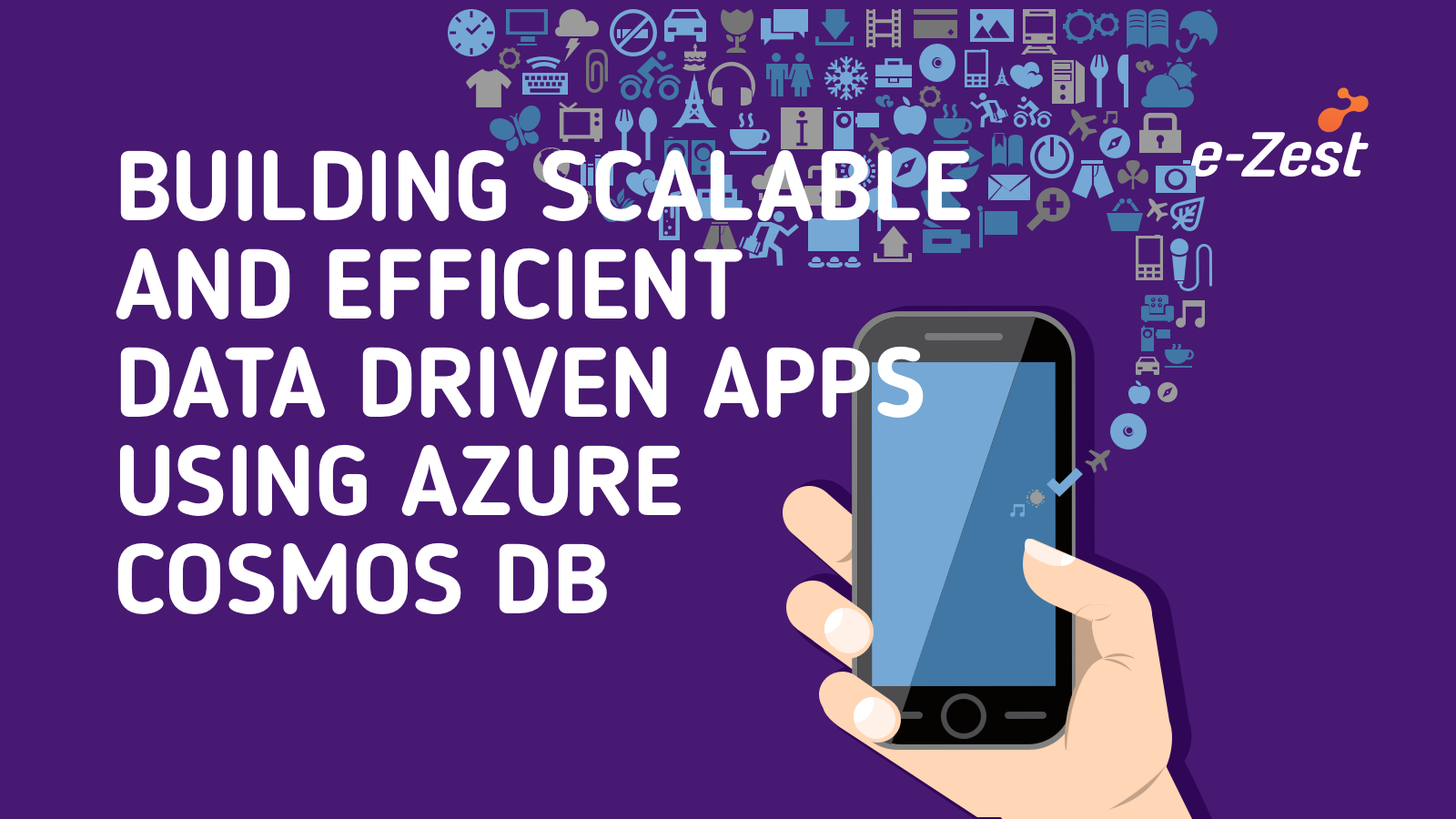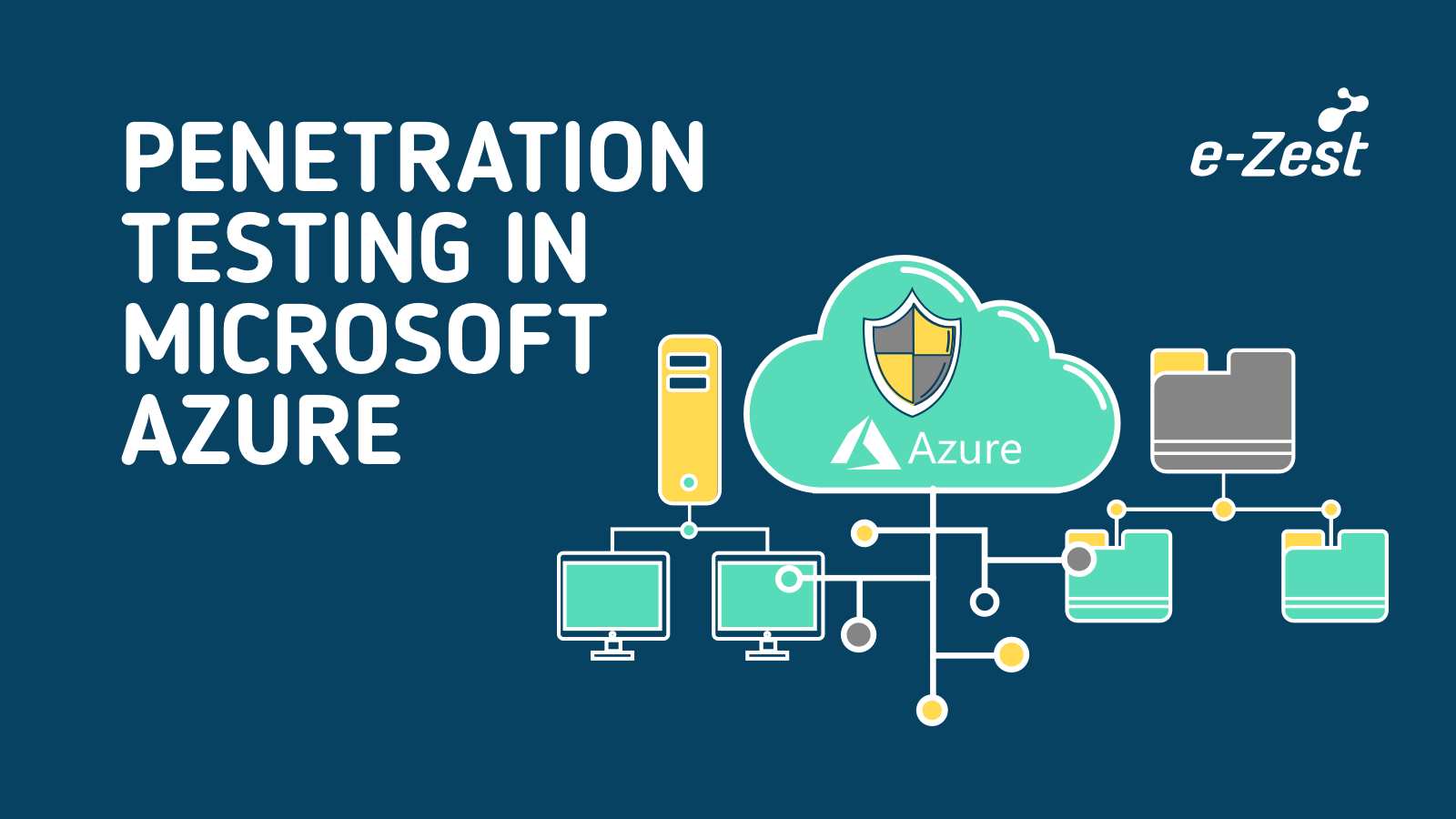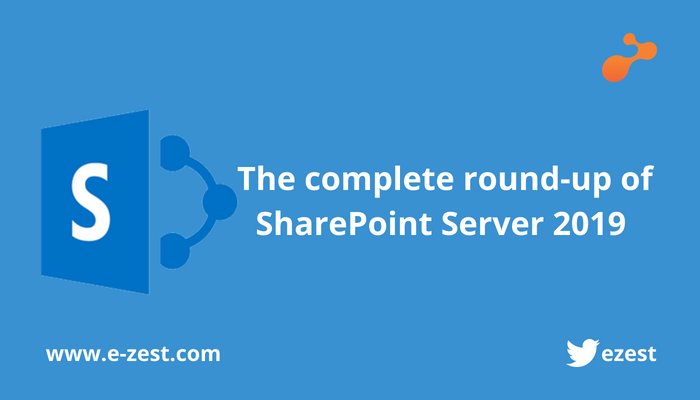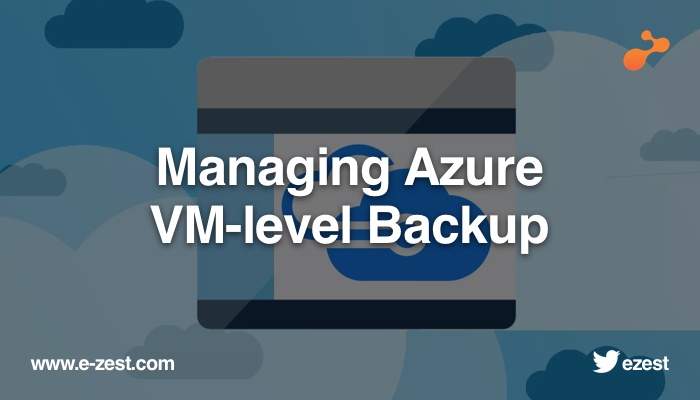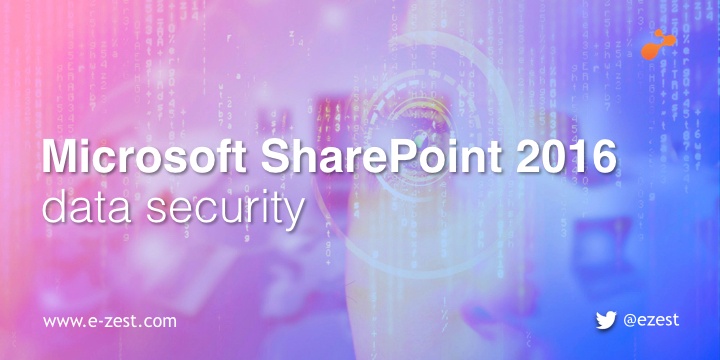
Enterprises are on the verge of SharePoint 2016 migration. The way SharePoint 2016 is gaining momentum, its speed and accuracy are making administrators skeptical about its security, especially in terms of cloud integration.
In this blog, let us have a look how data security will be managed by SharePoint 2016.
- SharePoint and Office 365 have always been in close association. Enterprises always seek to experience combined benefits of Office 365 and SharePoint. Thus, to fulfill the demands, Microsoft introduced a term ‘hybrid’ a combination of Office 365 and SharePoint. Enterprises that strictly follow compliances can leverage hybrid model as they prefer a complete cloud-based platform, owing to the regulatory and legal norms. Thus, this is known as balance, and Microsoft knows how to keep it.
These cloud features majorly belonging to Office 365 entail security functionalities which are available in SharePoint 2016. This includes data loss prevention, document deletion policies and lastly authentication standards.
- Another Office 365 security feature known as DLP functionality is also added to SharePoint 2016. Besides, another new feature Sensitive Information Types is introduced as well. This feature facilitates users to search sensitive content across the eDiscovery Center.
Sensitive Information Types are known for their patterns, primarily the regular expressions that can be used via the DLP policies. For instance, some types are created for classifying highly-sensitive numbers such as social security numbers, credit cards and bank account numbers. These types can be combined with patterns matching with collaborative evidence to detect data for analysis. The analytic phase uses the native confidence levels along with proximity logic to determine data sensitivity. Once discovered, the remaining actions can be specified through the DLP policy.
- Various public and private sector enterprises strictly follow regulatory compliances. These laws have forced them to consider the guidelines in accordance with maintenance, modification and deletion of documents. However, this is not as simple as it appears. If the documents are stored for longer period of time, they are prone to legal risk. On the contrary, if they are modified and deleted before time this might lead to another risk. To avoid discrepancies, Document life management feature is added to SharePoint 2016.
This feature is introduced to explicitly address the deletion policies. To access the Deletion Policy Center, SharePoint administrators can use the Office 365 Compliance Center. These created policies can be assigned to the site collection with one or more rules per policy. This feature will be flexible as the site owners can select most appropriate policy.
For administrators, this feature will create deletion rules for a particular time, calculating the deletion date, deleting the document permanently or just moving it to the Recycle Bin. Multiple deletion rules are also applied with this policy, wherein site owners can select most relevant combinations.
- In SharePoint 2016, Microsoft has switched to StartTLS connections. StartTLS enhances the efficiency for computer resources by boosting their performances. It allows the users to update existing non-encrypted connections to encrypted ones. This in return, improves the server function so that more users can work on server with limited processing power. With these, Microsoft intended to meet the security standards in terms of email encryption and logon authentication.
Another alteration done by Microsoft is switching from Windows authentication to SAML (Security Assertion Markup Language) well-known as claim-based authentication method. The previous authentication model was inappropriate for multi-vendor environments to support cloud or internet based models. SAML utilizes a single-point authentication approach where user credentials are covered by firewall edge and identities doesn’t involve any type of synchronization. Additionally, with SAML, users having individual authorizations can access multiple applications with single sign-in feature.
- Above all this, Microsoft has really considered security a priority by introducing powerful cloud-centric platform for SharePoint 2016 and Office 365. The cloud trend is triggering and enterprises choose cloud-based environments instead of on-premises functionalities. However, hybrid approach is best option as it offers benefits of cloud as well as on-premises SharePoint 2016 environments.

